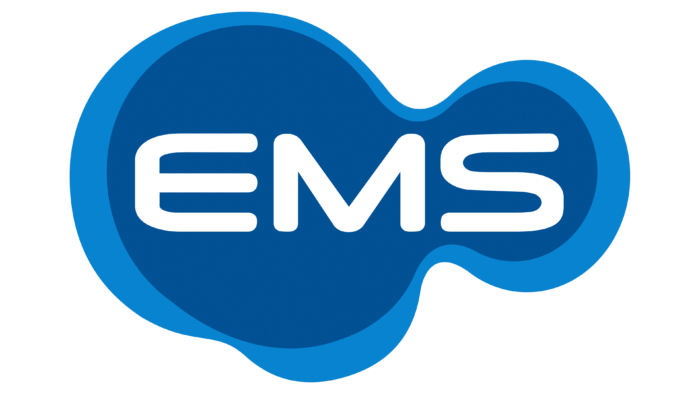Familiar to almost all Brazilians, the EMS logo is an example of a successful design. Despite its abstract style, the logo embodies everything the company strives for: innovation, development, and progress. It is a symbol of going beyond the usual limits because drug development involves searching for innovative solutions.
EMS: Brand overview
| Founded: | 1950 |
| Founder: | Emiliano Sanchez |
| Headquarters: | Hortolândia, Brazil |
| Website: | ems.com.br |
Meaning and History
The Brazilian pharmaceutical company was created to support the domestic drug market. At first, it was a small organization with a limited number of production sites. But over time, it has grown into the largest specialized center. Now it has both local and foreign enterprises at its disposal. She owns several personal factories with the same identity: in Sao Bernardo do Campo, Hortolandia, Jaguariuna, Manaus, and Belgrade in Serbia. The most important are the first two. They bear the brunt of the burden.
This is the first Brazilian laboratory to export medicines to Europe. The company also owns five divisions, united by the common abbreviation EMS. It is through them that she distributes products. Among them are Similars (which offers various medications in the domestic market), Generics (trades in generics), Sigma Pharma (sells branded drugs), Hospital (provides hospitals with medicines), and Consumer (sells over-the-counter drugs).
What is EMS?
EMS is a Brazilian pharmaceutical company that has been in existence since 1964. It has six factories and five brands under which it sells its medicines. Its founder is Emiliano Sanchez. The head office is located in Hortolandia in the state of Sao Paulo.
The Brazilian company has had a personal sign of visual identity since its inception. This conceptual element of the identity emphasizes its uniqueness and shows the main direction of work related to liquid substances, diffusions, powder mixtures, and many other things from which medicines are made. Moreover, it has only one logo and has never changed since its inception.
The logo has two basic components: the name and the background, which are made in such a way that it is itself a key elements. In particular, it consists of two “spread” spots superimposed on each other. They almost exactly repeat a single shape, so they look like laboratory substances under a microscope magnifying glass. They have streamlined edges, meaning it’s safe to say they represent liquid. There are no corners – only rounding. The outer edge has a more complex configuration and is painted in light blue. The part placed inside it looks like two circles of different sizes that flow one into the other. This image resembles the process of cell division.
In the center of spots of indefinite structure is the name of a pharmaceutical company. The abbreviation is typed in a smooth font, where there is not a single point. The letters are streamlined, symmetrical, and sans-serif, with little inter-character space. To be visible against the blue background, the designers left it white, as if it was formed from negative space.
Font and Colors
The Brazilians chose a smooth and flowing typeface without a single corner for the pharmaceutical firm. This is an original custom font. The “S” is identical to its counterpart from Clonoid Semibold or Space Colony Semi Bold. At the same time, the “M” and “E” resemble glyphs from Micro Extend FLF Bold and Zebulon Condensed Hollow Regular, respectively. The only difference between them is in the rounded ends. The corporate palette combines two shades of blue (light blue + cobalt) and white, which is used to make the inscription in the logo.
EMS color codes
| Green Blue | Hex color: | #0984d0 |
|---|---|---|
| RGB: | 9 132 208 | |
| CMYK: | 96 37 0 18 | |
| Pantone: | PMS 3005 C |
| Medium Electric Blue | Hex color: | #005194 |
|---|---|---|
| RGB: | 0 81 148 | |
| CMYK: | 100 45 0 42 | |
| Pantone: | PMS 2945 C |





